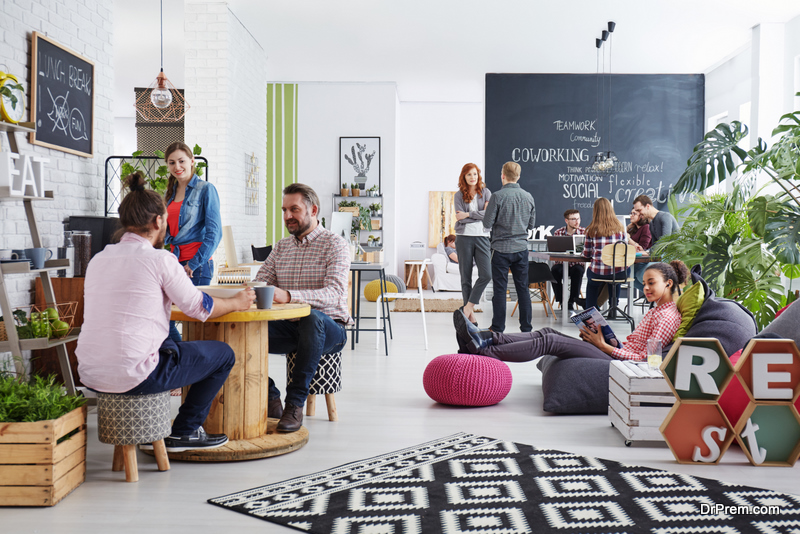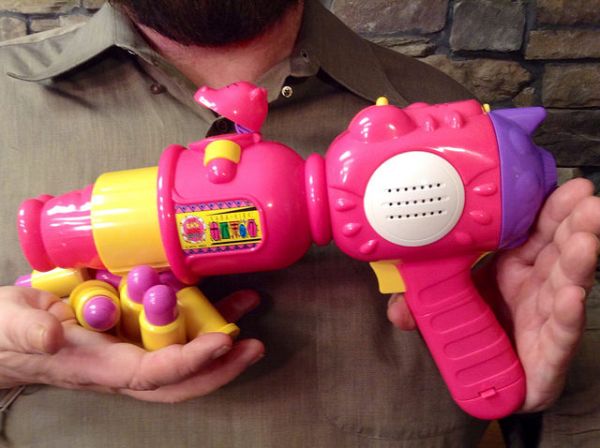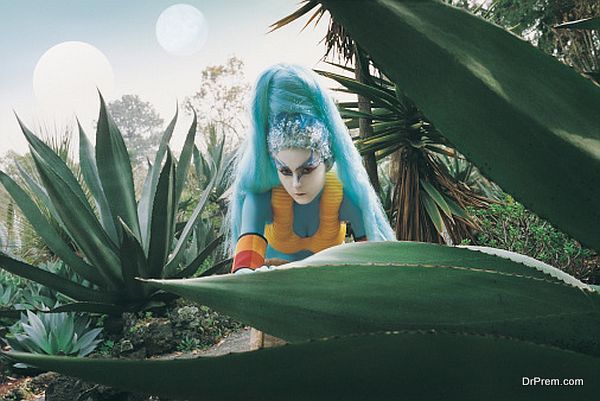Creative work is real work. Don’t let anyone tell you differently. Their day often starts before Sol awakens and ends after Sol is done for the day. If you want to get the perfect captures of sunrise and sunset, much of your work is done in the dark. Between those events is the long and tedious process of editing.
These creative processes are interrupted by the work of running your business. If you make your living in creative endeavors, you are an entrepreneur whether or not you realize it. At the end of the day, you have to sell your work. Even if you have the seemingly carefree life of an underwater videographer, you still have a lot of traditional work to do.
Many creatives do their work indoors. They still have to find clients, even if those clients are advertisers. They have to crunch the numbers just like an accountant. They have to meet with potential clients on the phone and in the office. Some creatives have large teams. They will have many of the same needs as any other group of office workers. But some of their needs will be quite specialized. Here are some of the things to keep in mind when setting up office space for creatives:
1. Tables, Cubes, and Pods
 It can’t be reduced to either/or. Some creatives do best when they work collaboratively. Some are happiest when tucked away in a dark, cramped cone of silence and solitude. These two extremes can even be true of the same person at different parts of the creative process.
It can’t be reduced to either/or. Some creatives do best when they work collaboratively. Some are happiest when tucked away in a dark, cramped cone of silence and solitude. These two extremes can even be true of the same person at different parts of the creative process.
Look for the office pods solution that offers flexible options for meetings, individual focus work, and collaborative setups. Some people like to talk incessantly to their neighbors. They can’t get any work done without a certain amount of social distraction. Almost all creatives need some kind of distraction. For some, it is conversation. For others, it is a bit of background music. Others play 3 games of chess at the same time with strangers on the internet while working. The key to working with creatives is to make as many kinds of spaces as possible rather than trying to shoehorn everyone into a particular kind of box. That might work for spreadsheet soldiers. But it doesn’t work for the creative cavalry.
2. Power and Speed
Your creative workers will be using computers, tablets, and smartphones. Some of them will be using still and video cameras. Those working on podcasts and vlogs will also have microphones and preamps. Some will bring their own lighting. The upshot is that the workspaces will need a lot of plugs. You might even want to spring for a few smart plugs.
While upgrading the wires, give some attention to the internet connection. Almost nothing happens in the creative space that doesn’t require fast, reliable, and ubiquitous internet access. Moving large photos and videos between remote workers can be tedious. A slow connection can destroy the creative process and obliterate productivity.
Your workers also need power and speed when it comes to their hardware. Advertising departments are filled with the fastest and most powerful Macs money can buy. A few desks over will be a 10 year old Windows 2000 PC clearly indicating that you have left the creative space. A creative’s mind literally moves at the speed of thought. Their hardware needs to keep up if at all possible.
3. Flextime
 You can’t just be creative according to digits on a clock. Some people wake up at 4am ready to tackle the day. Others don’t roll out of bed until 11. Some are morning people while others are night owls. Some work for several hours without a break while others work a few minutes at a time with generous periods of goofing off.
You can’t just be creative according to digits on a clock. Some people wake up at 4am ready to tackle the day. Others don’t roll out of bed until 11. Some are morning people while others are night owls. Some work for several hours without a break while others work a few minutes at a time with generous periods of goofing off.
When you set up your office for creatives, don’t bother setting up a time clock. Unlearn the concept of late. Schedule your mandatory meetings for a time when people are actually there, not a time when they feel forced to be there. Creatives work on flextime. Be sure your office does as well.
When setting up an office for a creative team, be sure to provide different kinds of workspaces, include the necessary power and speed, and be flexible with time. At the end of the day, you don’t want good, traditional employees. You want creative projects that surprise and delight.
Article Submitted By Community Writer




